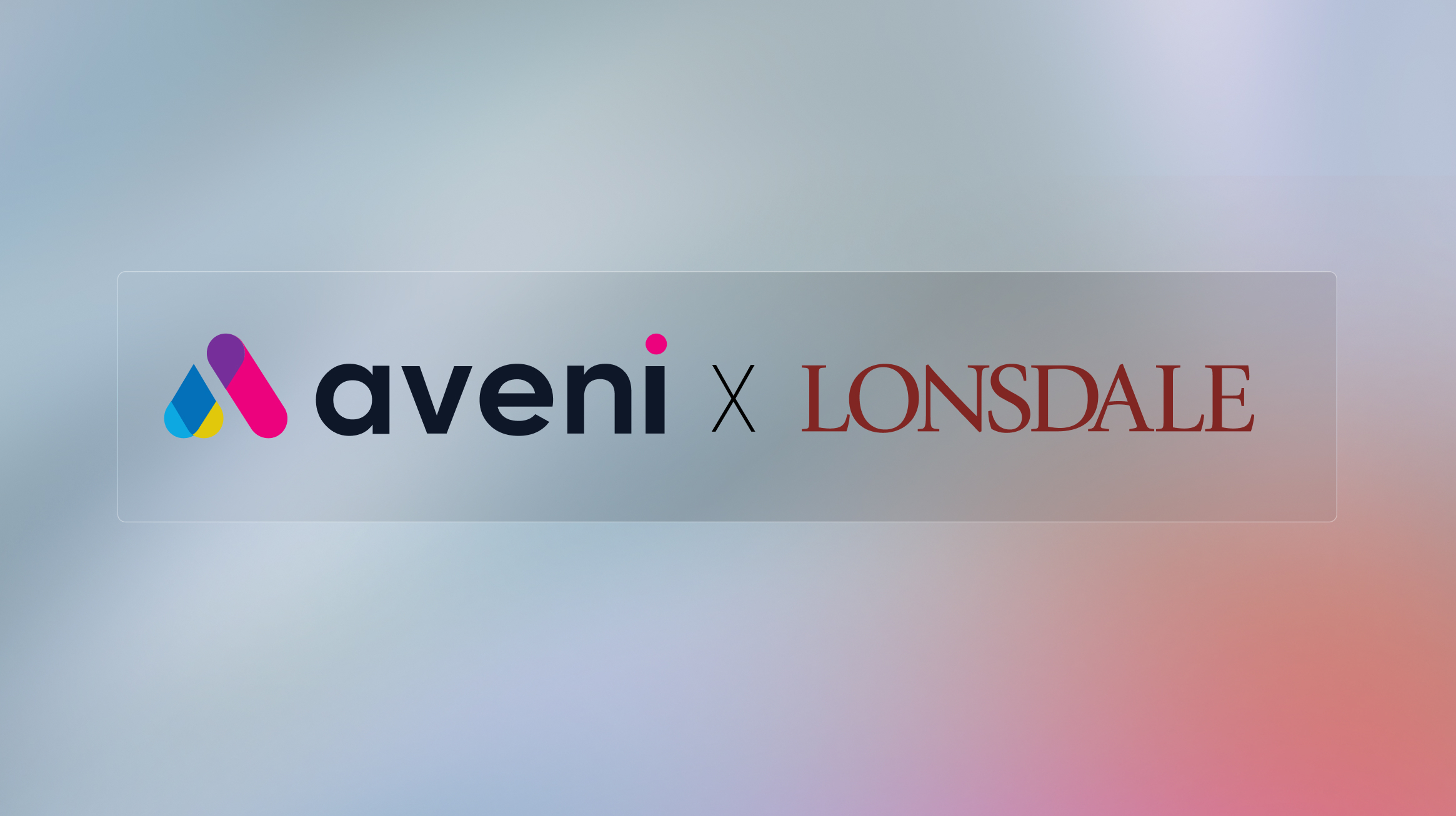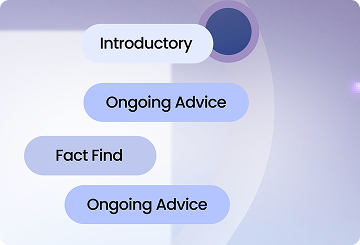Agentic AI in compliance requires structured human oversight to meet regulatory standards and maintain accountability. Financial services firms must define clear review points, approval processes and escalation criteria.
Core Human Oversight Requirements
| Oversight Element | Regulatory Requirement | Implementation Approach |
|---|---|---|
| Final Decision Authority | Humans must retain accountability for compliance decisions | Define approval hierarchies for all compliance outputs |
| High-Risk Case Review | Complex or unusual cases require expert judgement | Establish criteria that trigger mandatory human review |
| System Performance Monitoring | Regular audits verify accuracy and effectiveness | Schedule periodic reviews of system decisions |
| Vulnerable Customer Protection | Additional oversight for vulnerable customer cases | Automatic escalation when vulnerability indicators appear |
| Regulatory Documentation | Evidence of oversight for FCA reviews | Comprehensive audit trails of all review activity |
Why Human Oversight Remains Essential
The FCA expects firms to maintain control over compliance processes even when systems operate autonomously. Consumer Duty places accountability with firms, not technology providers.
Agentic AI handles structured work efficiently but human judgement remains necessary for complex cases, vulnerable customer situations and scenarios requiring regulatory interpretation.
One compliance team initially tried to minimise human oversight to maximise efficiency gains. They discovered that cases involving multiple risk factors or unusual circumstances needed expert assessment. They redesigned their oversight model to focus human expertise where it adds most value.
Defining Review Points
Effective oversight starts by determining which compliance activities require human review and which can proceed autonomously.
Low-complexity cases with clear outcomes can complete autonomously. Standard file reviews where all information is present and suitability is straightforward proceed without manual intervention.
Medium-complexity cases receive automated assessment with human sampling. The system completes the review but compliance officers audit a percentage to verify quality.
High-complexity cases always receive expert review. Situations involving vulnerable customers, large transaction values or multiple risk factors escalate automatically.
One insurance firm uses this tiered approach. Straightforward claims proceed through agentic assessment. Complex claims involving serious illness, bereavement or large sums receive full human review regardless of system confidence.
Approval Process Design
Human oversight includes formal approval of compliance outputs before they affect customers or regulatory reporting.
Client-facing documents require approval before sending. Suitability reports, recommendation letters and compliance notifications must be reviewed by qualified staff. Agentic systems draft these documents, humans finalise them.
Internal compliance reports need oversight before submission. Monthly regulatory returns, board reports and audit documentation should be verified by compliance officers even when systems generate initial versions.
Remediation actions require authorisation. If the system identifies issues requiring customer contact or compensation, humans must approve the proposed actions.
Most firms set approval thresholds based on materiality. Routine documentation receives standard review. Material decisions get enhanced oversight.
Escalation Criteria
Agentic systems must know when to escalate cases to humans. Clear criteria prevent the system from proceeding beyond its competence.
Confidence thresholds trigger escalation. If the system cannot assess a file with high confidence, it refers to a compliance officer. Most firms set confidence requirements at 90% or above for autonomous completion.
Specific conditions force escalation regardless of confidence. Cases involving vulnerable customers always receive human review. Large transaction values, pension transfers and complex product recommendations escalate automatically.
Missing information causes escalation. If critical documentation is absent, the system prompts for completion rather than attempting to proceed.
Novel situations require human judgement. When the system encounters scenarios not covered in its training, it escalates rather than extrapolates.
One wealth management firm defines 12 specific escalation triggers. Their agentic system applies these rules consistently, ensuring appropriate cases receive expert attention whilst routine work proceeds efficiently.
Sampling and Audit Requirements
Even when agentic systems complete compliance reviews autonomously, firms must verify accuracy through regular sampling.
Monthly audits review a percentage of system decisions. Most firms sample 5% to 10% of cases to confirm quality standards are maintained.
Audit selection should be risk-based. Include high-value cases, vulnerable customer situations and decisions made with lower confidence scores. This focuses audit effort where errors would have most impact.
Audit findings feed back into system refinement. When human reviewers identify errors or areas for improvement, this information updates system training.
One compliance team discovered through monthly audits that their agentic system occasionally missed specific vulnerable customer indicators. They updated the training and verified improvement in subsequent audits.
Vulnerable Customer Oversight
Consumer Duty requires enhanced care for vulnerable customers. Agentic systems must escalate these cases for human review.
Vulnerability indicators trigger automatic escalation. Signs of financial difficulty, health issues, bereavement or comprehension problems send cases to trained staff.
Human reviewers assess whether the agentic system’s proposed actions are appropriate given the customer’s circumstances. They may adjust recommendations, add safeguards or arrange additional support.
Documentation of vulnerability decisions receives extra scrutiny. Audit trails must show that firms identified vulnerability, assessed impact and took appropriate action.
One bank requires that every escalated vulnerability case receives review by two compliance officers. This dual oversight prevents any vulnerable customer situation from receiving insufficient attention.
System Performance Monitoring
Human oversight includes regular evaluation of agentic system performance across the compliance function.
Accuracy metrics track how often system decisions align with expert judgement. Declining accuracy signals the need for retraining or rule updates.
Escalation rates indicate whether the system operates within appropriate boundaries. Excessive escalation suggests overly conservative settings. Too few escalations might mean the system proceeds when it should defer to humans.
Processing times measure efficiency. If review times increase, investigation may reveal data quality issues or system performance degradation.
Compliance exception rates show whether the system maintains quality standards. Rising exceptions indicate problems requiring attention.
Quarterly performance reviews analyse these metrics and recommend adjustments. This ongoing oversight ensures agentic systems continue operating effectively.
Training and Competence
Staff providing oversight must understand how agentic systems work and what to verify during reviews.
Compliance officers need training on system capabilities and limitations. They should know what the system does well and where human judgement adds value.
Review protocols should be documented. Clear guidance on what to check during approval processes ensures consistent oversight.
New staff receive structured training before conducting reviews. This maintains oversight quality as teams grow.
One firm created a certification programme for compliance staff working with agentic systems. Officers complete training and demonstrate competence before independently approving system outputs.
Documentation Requirements
The FCA expects firms to document their oversight of automated compliance processes. Audit trails must show human involvement at appropriate points.
Approval records capture who reviewed each case and when. This evidence demonstrates that qualified staff verified outputs before client impact.
Escalation logs document why cases were referred to humans and how they were resolved. This shows the firm’s risk management processes work effectively.
Audit results record sampling activity and findings. Regular documentation of quality verification supports regulatory reviews.
Override records track when humans change system recommendations. Analysis of these overrides identifies areas where system training needs improvement.
Oversight for Different Compliance Functions
Different compliance activities require different oversight approaches.
Suitability reviews benefit from tiered oversight. Straightforward cases proceed autonomously. Complex cases escalate. Vulnerable customer cases always receive full human review.
Transaction monitoring allows autonomous operation for low-risk patterns. Suspicious activity alerts escalate to investigators. The system completes initial analysis, humans make final determinations.
Regulatory reporting needs expert verification. Agentic systems compile information and generate draft reports. Compliance officers review for accuracy before submission.
Complaints management requires human judgement. Systems can categorise and route complaints but resolution decisions benefit from experienced oversight.
Balancing Efficiency and Control
Effective oversight maximises efficiency gains whilst maintaining regulatory compliance. Overly restrictive oversight eliminates productivity benefits. Insufficient oversight creates risk.
Most successful implementations follow the 80/20 principle. Agentic systems autonomously handle 80% of straightforward cases. Humans focus on the 20% requiring expertise.
This balance delivers substantial time savings whilst ensuring appropriate decisions. One compliance team reduced file review time by 70% whilst maintaining quality standards through structured oversight.
How Regulations Shape Oversight
Consumer Duty demands evidence that automated systems support good customer outcomes. Oversight frameworks must demonstrate this.
The FCA expects firms to maintain accountability. Documentation should show that humans retain decision authority and that systems support rather than replace professional judgement.
Treating Customers Fairly principles require that oversight prevents discrimination and ensures fair outcomes. Regular audits verify this.
Senior Managers and Certification Regime places specific obligations on individuals. Oversight frameworks must clearly define who is accountable for compliance decisions.
Common Oversight Mistakes
Insufficient escalation criteria allow systems to proceed beyond their competence. Firms must define specific conditions that trigger human review.
Inadequate sampling misses quality issues. Regular audits with risk-based selection identify problems before they affect many customers.
Poor documentation weakens regulatory defence. Comprehensive records of oversight activity are essential for FCA reviews.
Failure to update oversight as systems evolve creates gaps. As agentic capabilities improve, oversight frameworks should adapt.
How Aveni Supports Human Oversight
Aveni’s agentic systems include built-in oversight capabilities designed for financial services compliance requirements.
Configurable escalation rules allow firms to define their own criteria for human review. The system enforces these consistently across all cases.
Comprehensive audit trails capture every decision and the information supporting it. This documentation satisfies FCA requirements automatically.
Sampling tools help compliance teams conduct risk-based audits efficiently. Reports highlight cases most likely to benefit from review.
Performance dashboards track system accuracy, escalation rates and quality metrics. Teams spot issues quickly and take corrective action.
Frequently Asked Questions
How much human oversight is required for Consumer Duty compliance? All client-facing outputs require human review before sending. Internal compliance processes can operate autonomously with regular sampling and audit.
Can we reduce oversight as the system proves accurate? Oversight should remain consistent. Regular sampling and performance monitoring continue even as confidence in system accuracy grows.
What happens if we miss a case that should have escalated? Built-in audit trails identify these situations during sampling. They become opportunities to refine escalation criteria and improve system training.
Who is accountable if the agentic system makes an error? The human approver retains accountability. Oversight frameworks clearly define who reviews and approves outputs at each stage.
Learn how Aveni ensures appropriate human oversight in compliance workflows →






